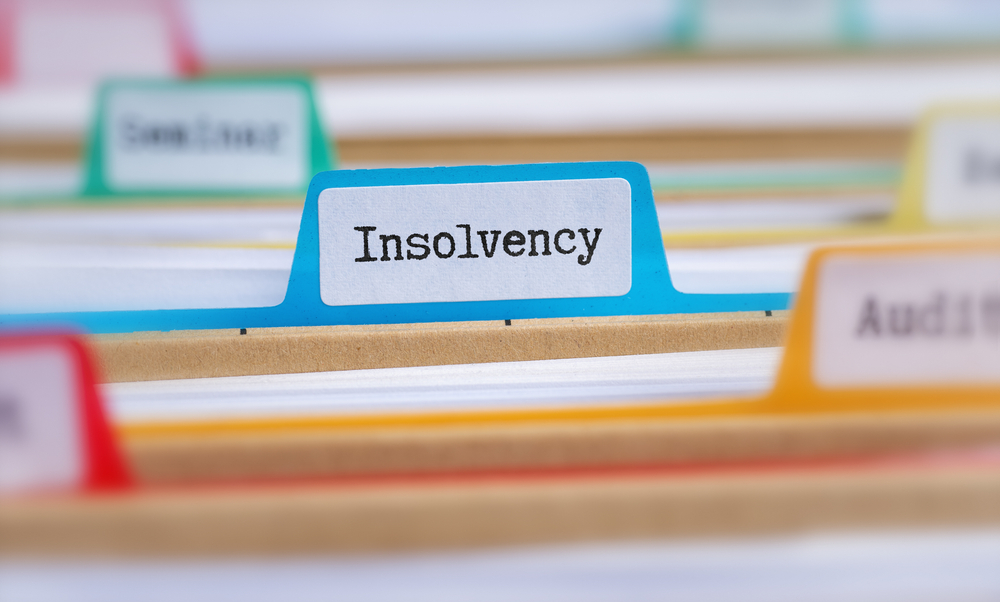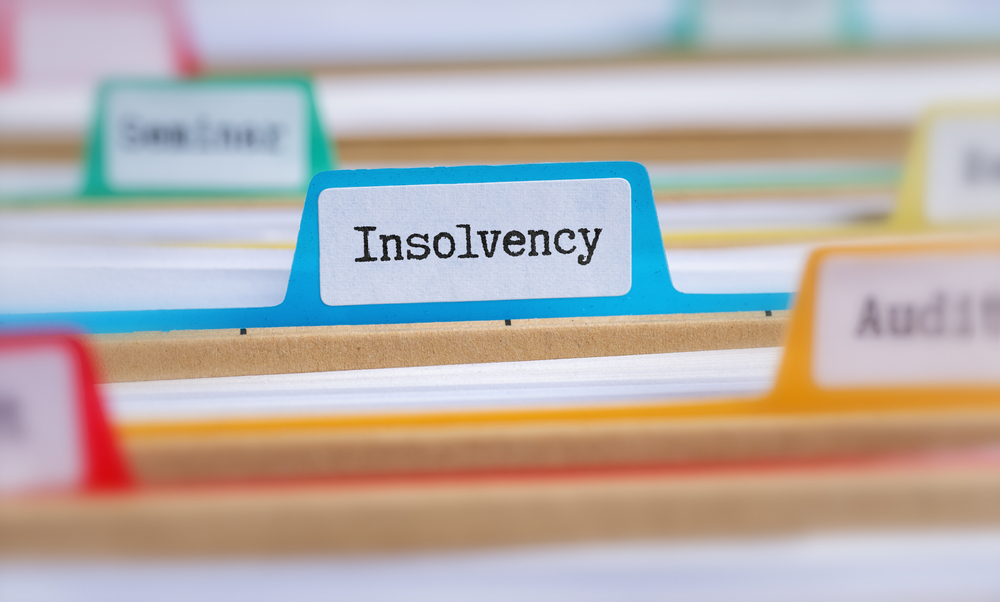
What to do When an Insolvent Company Owes You Money
What are Your Options When a Company Owing you Money has Gone into Liquidation?
When a company you’ve invested in or loaned money to goes into liquidation, it signifies the beginning of a formal process to wind up its affairs and distribute any remaining assets to its creditors. This process is overseen by a liquidator, who is appointed to manage the orderly closure of the business.
As the liquidation unfolds, the liquidator’s primary role is to secure and sell off the company’s assets to convert them into cash. One of the first steps in this process involves reaching out to all known creditors to inform them of the liquidation and guide them on how to submit claims for the money they are owed. You’ll need to fill out a proof of debt form, providing details and evidence like contracts or invoices that support your claim.
Once all claims are submitted, the liquidator assesses and verifies them to determine their legitimacy and priority level.
Throughout this process, staying informed and actively participating in any creditors’ meetings called by the liquidator can provide you with updates and allow you to voice any concerns. This involvement ensures that you are up to date with the likelihood of recouping your money.
What are a Creditor’s Legal Rights When an Insolvent Company Owes You Money?
When dealing with an insolvent company that owes you money, it’s crucial to understand your legal rights as a creditor.
As a creditor, you have the right to file a proof of debt form, which formally acknowledges the amount owed to you by the insolvent company. Another key right is the ability to attend and vote at creditors’ meetings. These meetings inform creditors of the company’s situation and make critical decisions about the insolvency process, including the appointment of an insolvency practitioner who will be acting as liquidator.
In addition, you have the following rights:
- You can challenge the insolvency practitioner’s decisions if you believe they are unfair or prejudicial to the creditors’ interests.
- You have the right to receive periodic reports from the insolvency practitioner, which detail the progress of the insolvency process, the costs incurred, and the anticipated returns to creditors.
- Creditors can request specific information about the insolvency proceedings from the insolvency practitioner, providing transparency and ensuring that the process is being conducted properly.
- In some cases, creditors can form a committee to represent the interests of all creditors, work closely with the insolvency practitioner, and oversee the administration of the insolvency process.

What’s the Creditor Order of Repayment Following Liquidation
In the event of a company’s insolvency, creditors are paid in a specific order of priority, as follows:
- Secured creditors with a charge over company assets are paid first.
- Insolvency practitioners’ fees and costs are covered next.
- Preferential creditors, including employees owed wages and certain pension contributions, are paid subsequently.
- Unsecured creditors, such as suppliers, customers, and credit card companies, receive payment if funds remain.
- If there is any surplus after paying all creditors, it is distributed among the shareholders.
If your loan to the company was extended without any form of collateral or security, you are classified as an ‘unsecured creditor’. This places you in a different category compared to ‘secured creditors’, who have lent money with some form of security attached to the loan.
What Steps Should you Take if You’re Owed Money by an Insolvent Company?
If you’re owed money by a company that has become insolvent, it’s crucial to take prompt action to protect your interests. Start by confirming that the company is officially insolvent, which you can typically do by checking public insolvency registers or official announcements. Once confirmed, determine whether you are a secured, preferential, or unsecured creditor, as this will influence your rights and the likelihood of recovering your money.
The next step is to submit a proof of debt form to the appointed insolvency practitioner, detailing the amount owed to you and providing supporting documentation. Actively participate in any meetings organised by the insolvency practitioner, as these provide updates on the insolvency process and allow creditors to vote on key decisions.
Throughout the process, stay up-to-date with the progress of the insolvency proceedings by maintaining regular communication with the IP. Carefully assess any proposals they present for distributing the company’s assets, as this will give you an idea of how much you might recover. In some cases, there may be room for negotiation, especially if you hold a significant claim or offer a solution beneficial to all parties.
Finally, it’s advisable to consult with a tax professional to understand any tax implications of the debt, such as writing off bad debt. Taking these steps will help ensure your interests are represented and increase the chances of recovering at least a portion of the money owed to you.
FAQs
What if the insolvent company has goods that belong to me?
If you can legally prove that you are the rightful owner of goods currently in the possession of the insolvent company, you should make a claim through the appointed insolvency practitioner.
Can I claim interest on the debt owed to me by the insolvent company?
Interest can be claimed on debts during insolvency if it was included in the original contract or agreement. However, the actual payment of interest depends on the available funds after all higher-priority claims have been satisfied.
Once the liquidation is complete, when do I get my money?
The timing of payments to creditors depends on their priority level and the availability of funds after assets are liquidated. Secured creditors are paid first, followed by insolvency costs, preferential creditors, and then unsecured creditors. If funds remain, payments are made accordingly until all creditor classes are satisfied.
Can I appeal if the liquidator refuses to pay a claim?
Yes, any creditor can appeal if their claim is not paid. If discussions with the insolvency practitioner are unsuccessful, you have the right to seek court adjudication within 21 days of the decision.








